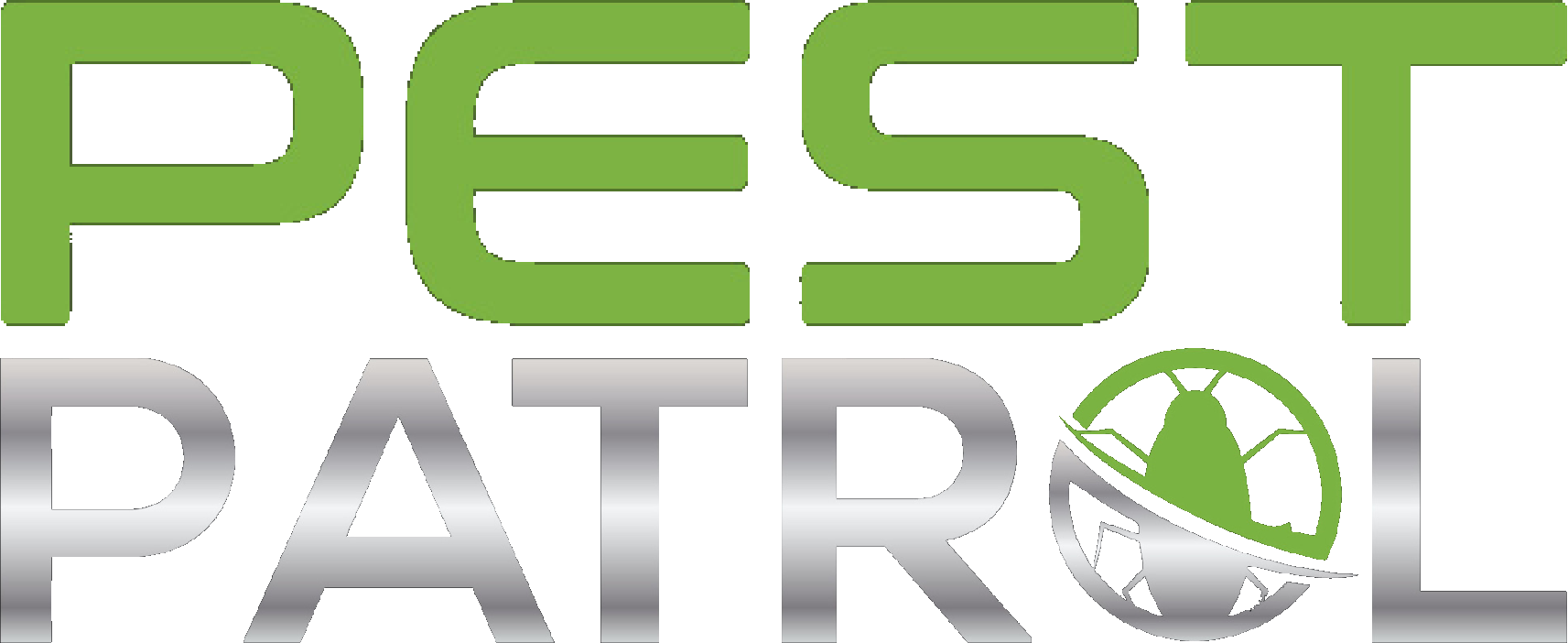Do you hate that feeling when you wake up for your morning cup of coffee only to discover that ants have invaded your kitchen and are marching across your countertops? Did you leave a crumb of food on the floor? Did you leave a drop of sugar somewhere? Now you have unwanted guests ruining your morning coffee.
Ants come inside of homes in order to search for food and water. Ants eat two main types of foods, carbohydrate based foods (think sugars, grains, fruits, etc.), and protein based foods (think bugs, dead animals, etc.) – although they will eat most anything if they’re hungry enough.
When you find ants marching into your home usually there is a clear source of food (a jar of honey, or a plate of food left out), but often ants come into homes to search for water as well. This is one of the reasons that ants are often found around sinks, bathtubs, and showers.
So, if you have found a colony of ants wishing to join you for your morning coffee here are some practical steps to rid yourself of those pesky pests.
Sanitation
It sounds so simply, but sanitation is a massive part of nearly all pest management. Good sanitation can go a tremendous way in stopping the spread of diseases, illness, and also in reducing the number of pests around your home. Now, this isn’t to say that if you keep your kitchen clean you will never see a rat or ant in your home – but as a general rule things will be better if your home is kept clean and free of excess spilled food, clutter, garbage, etc.
Environment
How is the environment around the exterior your home? Are there bushes up against the home? Are the windows in bad condition allowing pest inside? Is there rotting wood up against the house exterior?
Treatment
Treating ants can be tricky depending on the size of the colony, it’s location, and the type of ant involved. If you suspect that you are dealing with carpenter ants or termites it is always recommended that you contact a company that is able to do wood destroying organisms to ensure there isn’t structural damage to the home. But assuming you are dealing with more “traditional” ants it is always good to use a multi-faceted approach to ensure thoroughness in knocking down the ant colonies around your home. It is recommended to use some form of carbohydrate-based gel product, a granular bait product, and various repellant and non-repellant spray products depending on the situation.
Gel
A typical kitchen will likely need gel product applied at various points around the interior. This can be done as a crack/crevice treatment (being cautious to place product only where it won’t be accessible by children or pets) or applied inside of small “bait stations” that the ants go into to feed. This product allows ants to eat the gel, and also to bring it back to other members of the colony – thus getting large exponential spread. Multiple products are available for this type of application including indoxicarb, and boric-acid.
Granular & Other
Like I mentioned, it is important to use multiple products to ensure that the problem is treated thoroughly. It is recommended to use a granular product outside to eliminate ant activity closer to the source of the colony. Ideally you can simply find the colony and destroy it by covering it with product – but sometimes that isn’t possible. Granular products come in many different shapes and sizes. Some contain pesticide that simply kills the ants on contact, some contain products that the ants take back to the colony to die.
Sprays
It is helpful to use various spray products to either repel or kill ants as they walk across them. Many products are available for this type of application, just make sure to use a product line that is safe for children and pets, and that will do what you’re needing it to do. Be sure to follow the label when applying any products, and always use protective equipment to ensure you stay safe during application.
Once a colony has been knocked down, there is a chance that it will need a follow up treatment around 2-4 weeks after the first. This is to break the reproductive cycle of the ant colony. It is recommended to treat any active trails again as mentioned above to ensure you get the most thorough treatment.
If you have any questions about these treatments, or if this feels overwhelming and you’d like us to help solve your problem please call or text us anytime at 503-985-6523 or send us a contact form by clicking the link at the top right of the page.


